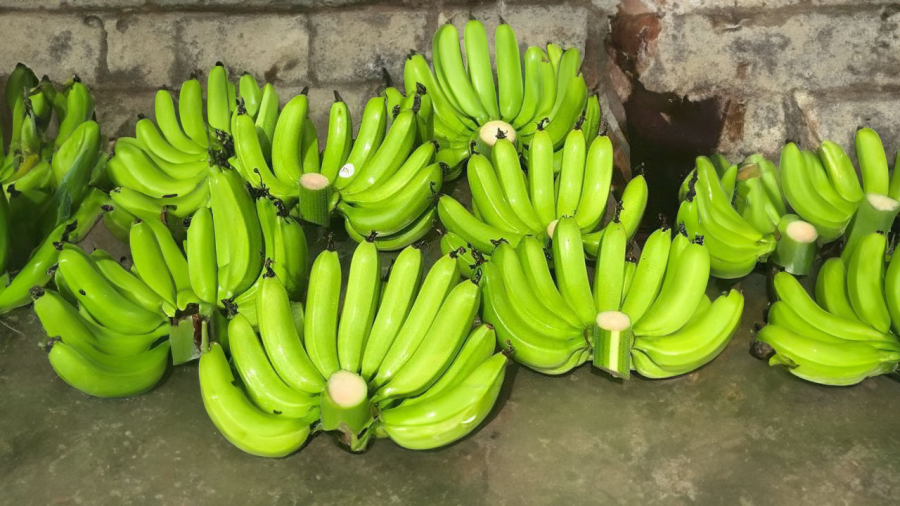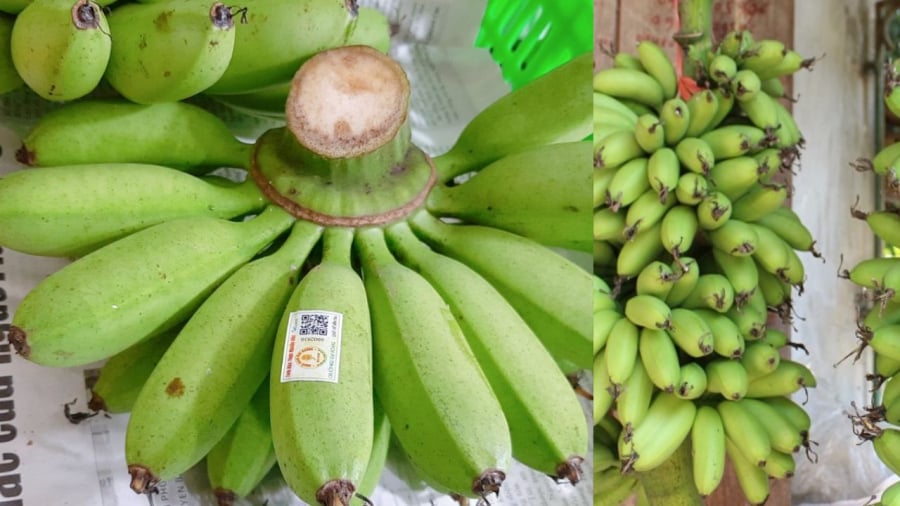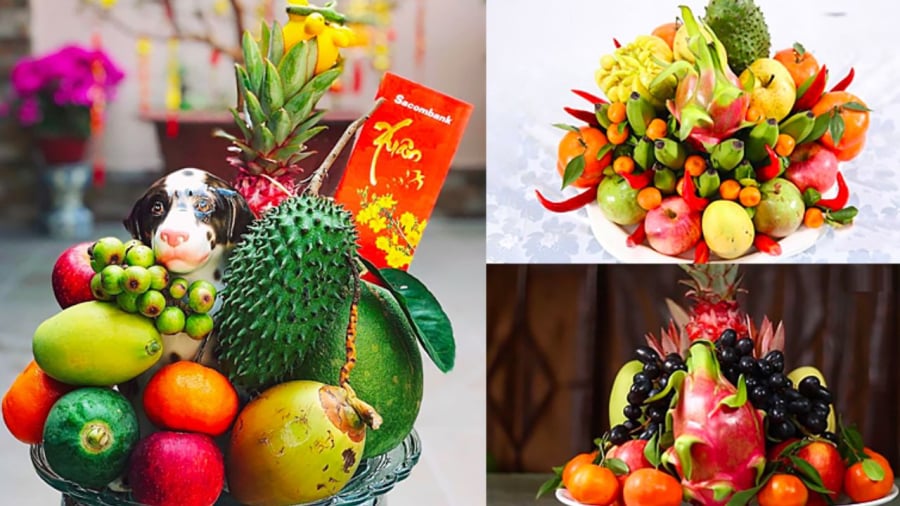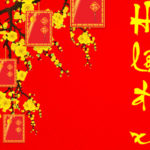Bananas and pomelos are the main fruits on the offering tray of people in the North and Central regions, while people in the South do not. Especially on traditional Tet holiday in the North, bananas and pomelos become the highly sought-after fruits that every household looks for. That is the time when bananas and pomelos are expensive. Many families have to search for beautiful bananas and pomelos, which are the most important items in the tray of fruits on the ancestral altar and is also the most noticed by the homeowners.

People in the North choose bananas and pomelos as the main fruits
People in the North and Central regions worship according to the meanings of the fruits:
In the belief of people in the North and Central regions, bananas resemble two hands receiving and supporting, protecting and nurturing. Bananas attract fortune, abundance, prosperity, and properity for descendants.
People in the North choose short bananas (small bananas) that are long, curved, shiny green, and the fruit bunch must have an odd number of bananas, the higher the price because odd numbers are yang (positive) which represents vitality and prosperity, while even numbers are yin (negative). People in the North do not worship Western bananas because they are short, small fruit bunches that can’t hold other fruits on the tray of fruits.
On the other hand, people in Hue, especially, do not worship short bananas, but they choose premium bananas, dried bananas, leaf bananas because these are delicious and the worship of short bananas brings inauspicious influences. These are the types of bananas that are often found in the ancient capital area. Meanwhile, the people in the North usually have only short bananas and Western bananas, so they choose short bananas to focus on appearance.
Grapefruit is a round fruit symbolizing abundance, fortune, and prosperity. Placing grapefruit on a banana bunch also symbolizes peace and good fortune. After bananas and grapefruits, the tray of fruits will also have peach, mandarin, orange…
As for the people in the South, they avoid bananas because of its pronunciation, which can be read as “chui” meaning bad luck, not favorable, especially during the New Year. Moreover, people in the South arrange the fruit tray and fruits according to the language, which means according to the name of the fruit, so they will choose “cau” (Pak Chui), “sung” (Pomelo), “vua” (coconut), “du” (papaya), “sai” (mango). Therefore, bananas and pomelos are not included in the traditional fruit tray for worshiping in the South.

People in Hue choose dried bananas, leaf bananas, cau bananas… and avoid short bananas
Another point that can be noticed is also due to the famous fruit specialties of each region that create this worship mentality. With people in the North, bananas and pomelos are always available and most popular. People in the Central region prefer dried bananas, leaf bananas, and honey bananas, which are common fruits.
Through that, it can also be seen that the spiritual worship deeply imprints in the minds and has a regional nature that cannot be generalized for everyone.
So when you believe that bananas attract lucky fortune, you will worship bananas, and when you believe that it has negative influences, you won’t worship it.

People in the South do not choose bananas and pomelos because their names do not have favorable meanings
Notes on choosing bananas and pomelos according to the Northern way
Choose bananas with an odd number of fruits, the banana bunch is still green, shiny, and the top of the fruits should have more hair. Do not worship ripe bananas because bananas represent the Wood element in the tray of fruits – Metal Wood Water Fire Earth. The banana bunch for worship must be large enough to hold grapefruits, peaches, mandarins, and oranges.
Do not choose curved banana bunches that are unbalanced, which are both aesthetically unpleasing and do not bring luck.
Grapefruit should be full, plump, with intact stems and leaves. Pomelos worshipped on the altar in the North are usually pomelos with yellow skin, not green-skinned pomelos to create a harmonious color and meaning for the tray of fruits. Then you can add kumquats, peaches, mandarins, and oranges.
Choosing bananas according to the people in Hue
People in Hue do not worship dried bananas, but they choose dried bananas, honey bananas, and leaf bananas. The banana bunch should still be green, not ripe, but not too immature.
In addition to the main types of fruits, there are other fruit dishes on the altar such as watermelons, pears, apples, Buddha’s hand… that are placed outside the tray of fruits. People in the North pay attention to the arrangement of fruits according to the Five Elements, with different colors representing the Five Elements Metal – Wood – Water – Fire – Earth. Among them, Metal is white, Wood is green, Water is black, Fire is red, and Earth is yellow. In addition, there is also the belief that the tray of fruits symbolizes the Five Blessings (5 desires of humans) including wealth – nobility – longevity – well-being – peace.
Meanwhile, people in the South choose fruits that have meanings for the phrase “Cầu sung vừa đủ xài” (Wish to have enough to use).
Because each region has different agricultural products and meanings for worshiping, it is also difficult to say whether this fruit worship brings fortune or not.
Information for reference and experience
Unveiling the Meaning Behind New Year’s Harvest: Tips for Having Luck in 2021
Celebrating the start of the New Year, many customs and traditions come together in a joyous expression of good fortune. From harvesting the new year’s fortune to praying for fortune and luck, the humanistic meaning behind these practices remains as relevant as ever. But what is the origin and how can we properly partake in the harvest of the new year? Read on to learn more about this fascinating custom.



































